Minimalist living is the process of simplifying and paring down your surroundings to only include the necessities and free yourself from the clutter of everyday life. Although it’s not a new practice, minimalism reached mainstream popularity a few years ago with Marie Kondo’s book, The Life-Changing Magic of Tidying Up, but it’s not just about throwing out the items that don’t bring you joy. It’s a lifestyle that you can interpret and practice based on your own needs.
Minimalism focuses on intention, function, and mindfulness, and the benefits of minimalist living go beyond the physical perks of sustainability and organization into mental benefits, such as overall reduced stress and increased focus.
Minimalist living looks different for everyone — there is no one-size-fits-all approach — but the benefits can be widely shared regardless. If you’re wanting to transform your home into a minimalist dream space, the living room is a great place to start. Here are 10 ways to style a minimalist space to get you started.
Get Down to the Bare Necessities
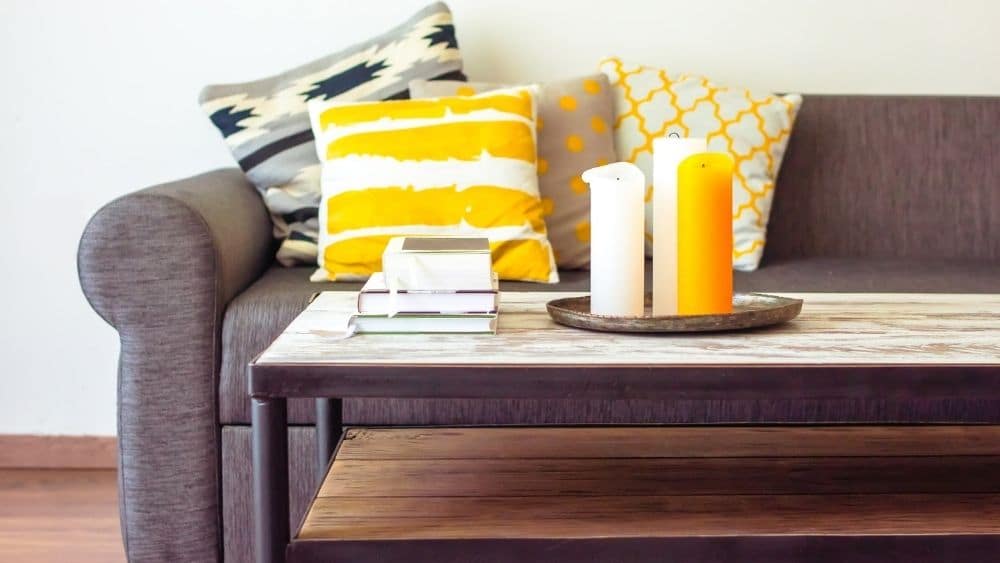
Paring down to only what you need is the first step toward creating a minimalist space. This doesn’t require getting rid of all your belongings that don’t serve a purpose, but rather putting away the things that don’t serve you at the moment. This creates a sleek and efficient space, free of clutter and distractions.
Go with Plant-Based Decor
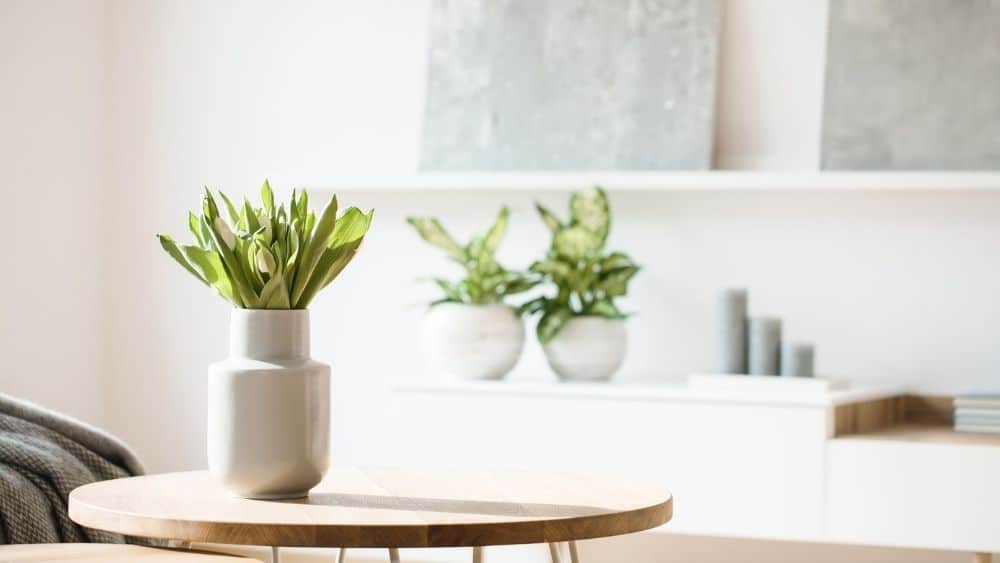
Plants and greenery help keep minimalist spaces looking clean and alive. Many indoor plants require little effort, and the benefits of having plants in your space overlap with the benefits of having a minimalist living space, improving mood and lowering stress.
Show Your Personality Through Art
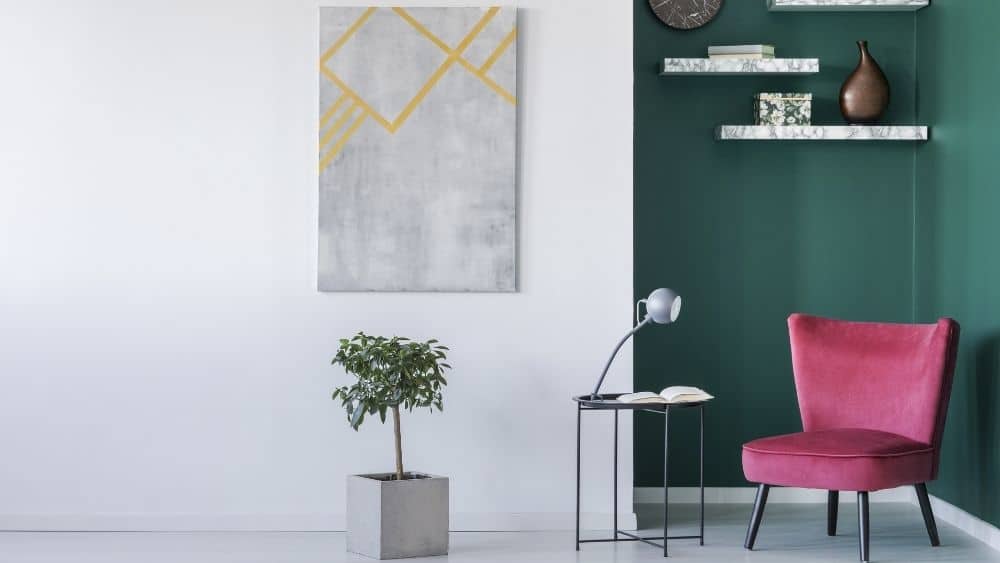
Having one or two statement art pieces can liven up a minimalist living room. Art is a simple way to tie the room together without adding clutter, bringing symmetry to the space and drawing the eye up. Bonus points if it’s your own art or photography.
Mix Up Textures
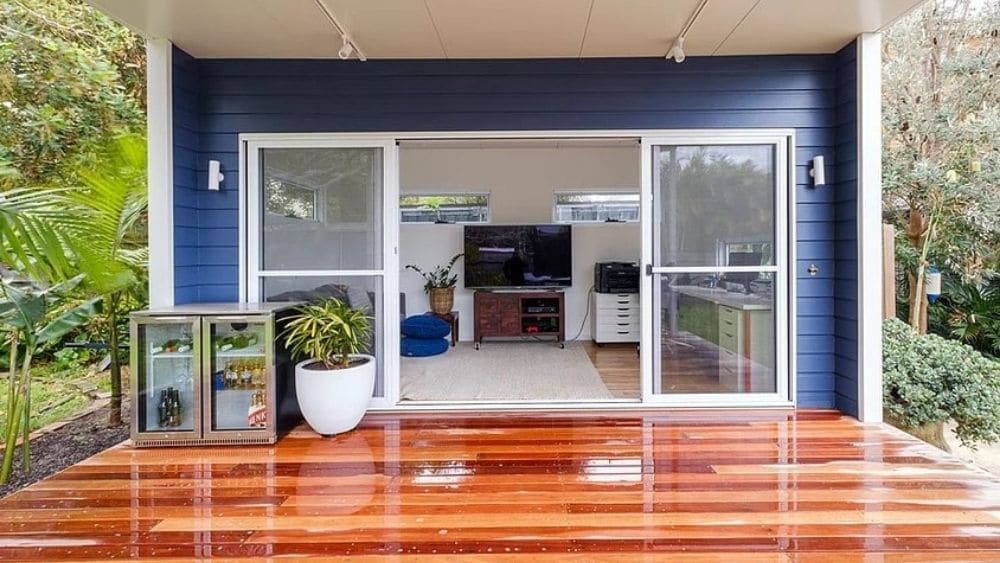
Contrasting textures help pull focus while adding character to your living room. There doesn’t have to be much in the room to have a lot going on. Texture keeps a room interesting without adding clutter or taking up physical space.
Get Creative with Lighting
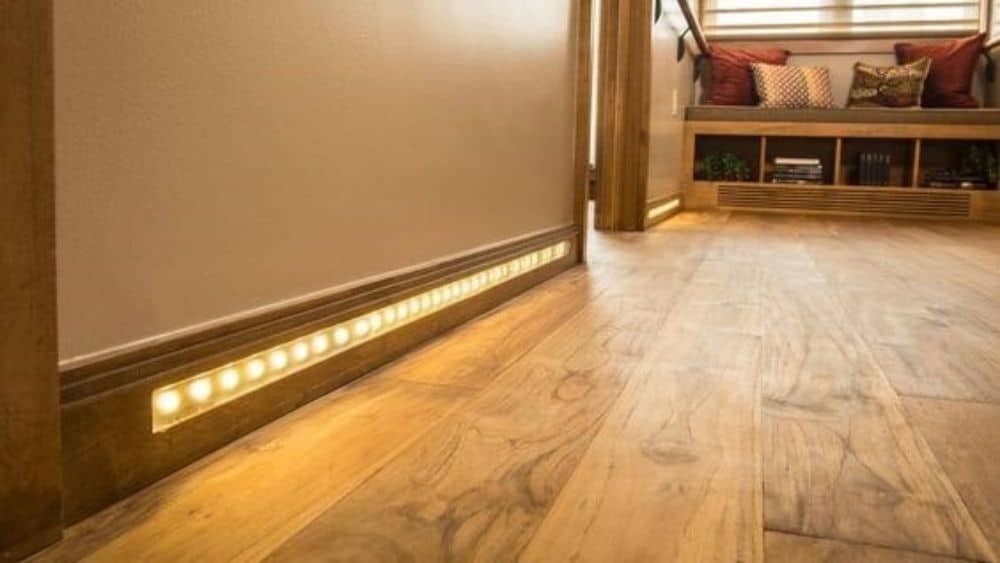
Switching to simple, minimalist lighting can be an instant, low-effort room transformation. Minimalist living is focused on function, and having clean lines and abundant light can immediately make a living room seem larger. Table and floor lamps can soften the room and help distribute light evenly without taking up too much space, and you avoid that harsh overhead lighting.
Choose Your Color Palette

Bringing color to a minimalist space keeps it from becoming boring or dull. The trick is to stick to one color palette — it’s an effortless way to tie your living room together. Keeping to similar colors and tones can also help hide how much is in the space, making furniture blend together seamlessly.
Camouflage Your Storage Space
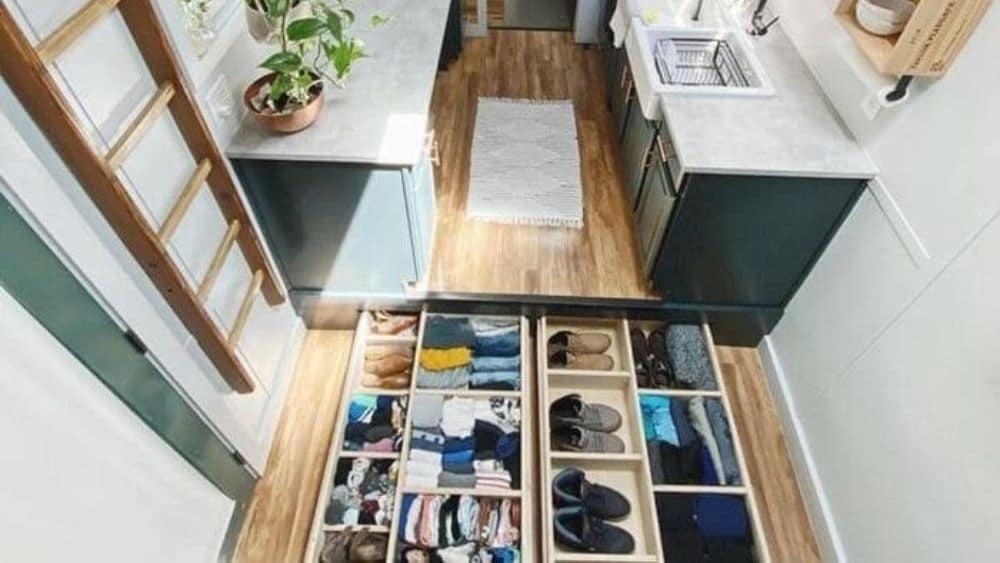
There’s almost no better example of the functionality and efficiency of minimalist living than tiny homes. With such a tiny space, any clutter makes a big difference. By camouflaging storage space — turning stairs into cabinets and having pull-out drawers under the couch, for example — everything has a place while being out of sight and out of mind, helping to reduce stress and keep things neat.
Use Multipurpose Furniture
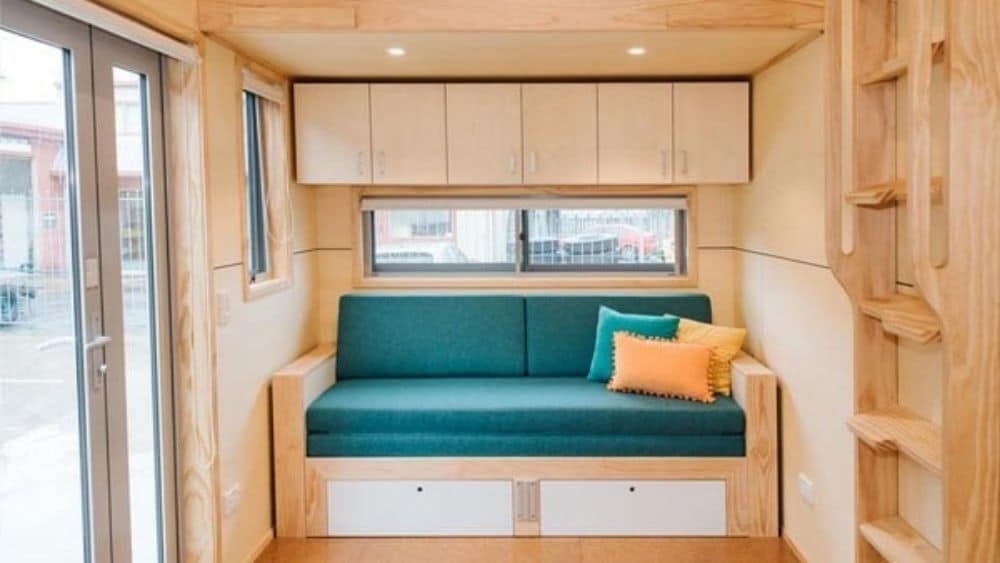
Dual-purpose furniture can instantly remove unnecessary clutter in your living room. Again, tiny homes offer great examples of making furniture work in multiple ways: couches as beds and storage, tables as desks and workspaces, ledges, and stairs as shelves. Take a look around your living room and try to find other pieces that can be doubled up.
Let the Light In
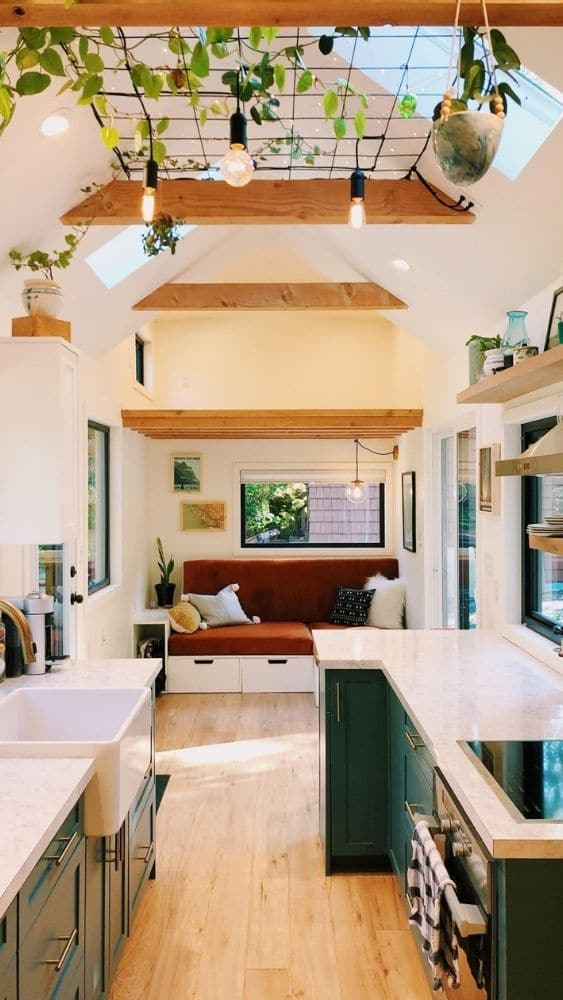
Use the windows and natural light to your advantage. Windows can not only expand a space but also can bring in nature and help the space feel more in-tune with its surroundings. Due to their size, tiny homes have to make the most of natural light, so you’ll see doors as windows, open glass walls to the outside, and skylights — all things you could consider in your minimalist living room.
